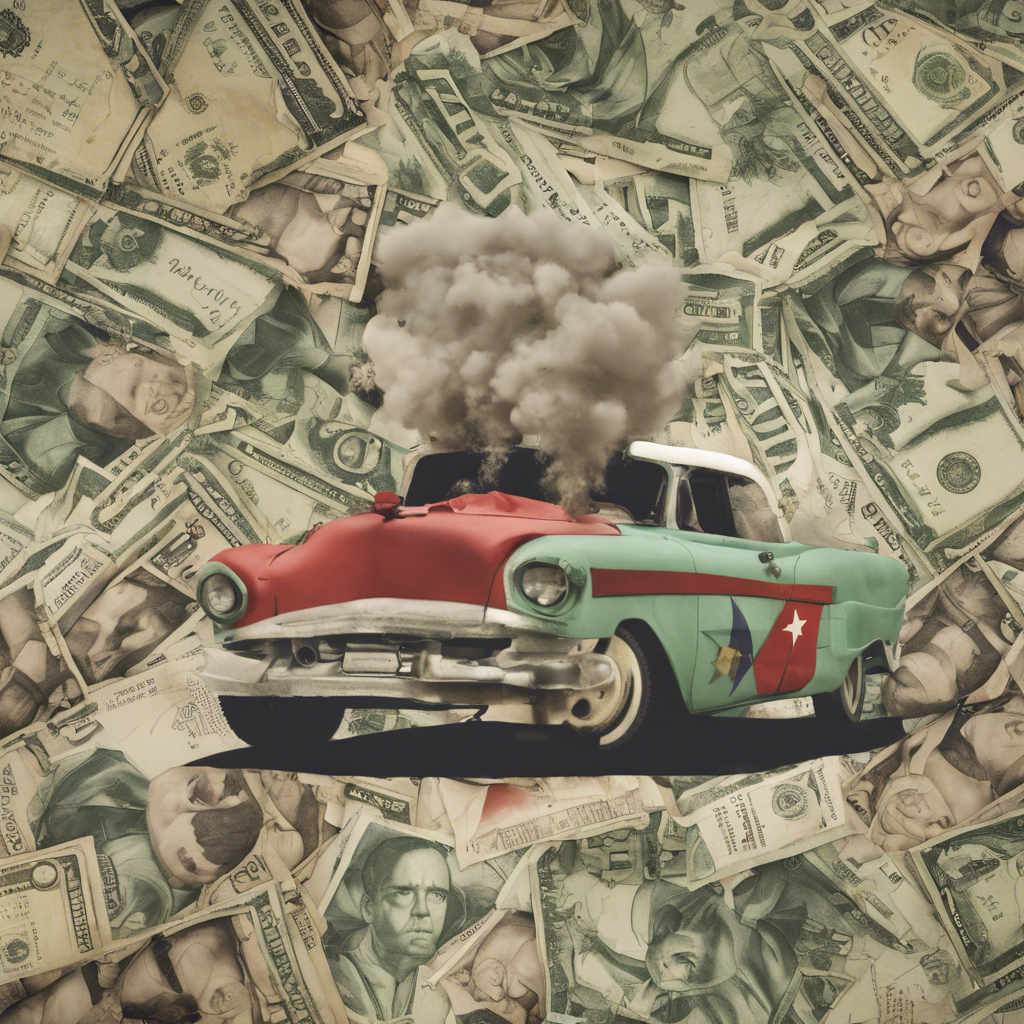Cuba’s Economic Crisis: A Struggle for Survival

The enduring reluctance of Cuba’s rulers to embrace the private sector exacerbates the country’s economic woes
Cuba’s economy is facing its worst crisis since the collapse of the Soviet Union in the 1990s. The country’s prime minister, Manuel Marrero Cruz, recently admitted that while the American embargo has played a role in the dire state of the economy, the government could have done more to address the situation. Official figures, although questionable, reveal alarming statistics, including an annual inflation rate of 30% and a forecasted fiscal deficit of at least 18% of GDP by 2024. The economy contracted by around 2% in 2023, and migration from the island is at its highest level since the revolution in 1959. While external factors such as tightened sanctions and the impact of the pandemic have contributed to the crisis, the primary obstacle to economic recovery lies in the Cuban government’s reluctance to embrace the private sector.
Migration and Brain Drain: Voting with Their Feet
The Cuban people, unable to participate in democratic elections, are voting with their feet. Migration from the island is at its highest level in decades, with over 425,000 Cuban migrants heading to the United States and 36,000 submitting asylum applications in Mexico during the fiscal years of 2022 and 2023. This exodus represents more than 4% of the population and is a clear indication of the disillusionment and desperation felt by many Cubans. The brain drain is further exacerbated by a shortage of teachers, with Cuban schools missing 17,000 educators at the start of the school term in September.
Impact of Sanctions and Tourism Decline
The tightening of sanctions on Cuba during Donald Trump’s presidency, including adding the country to the list of state sponsors of terrorism, has had a detrimental effect on the economy. Furthermore, the tourism industry, which accounted for 11% of GDP in 2019, has not recovered from the impact of the pandemic. In 2023, the number of visitors was a mere 2 million, far below the government’s target of 3.5 million. This decline in tourism has had far-reaching consequences, leading to rationing, blackouts, and a reduction in the availability of crude oil from Venezuela.
Reluctance to Embrace the Private Sector
The Cuban government’s resistance to allowing the private sector to thrive is a significant obstacle to economic recovery. While there have been some modest reforms under President Miguel Díaz-Canel, such as the establishment of a housing market and the expansion of private enterprises, the regime’s elderly top brass, many of whom were schooled by Fidel Castro, remain resistant to further opening up the economy. This is particularly evident in the agricultural sector, where farmers are unable to import their own equipment or sell their produce directly to consumers. The government’s inefficiency in providing fuel and parts to farmers has resulted in a 35% decline in agricultural production between 2019 and 2023.
Currency Distortions and Inequality
Cuba’s two-currency system was scrapped in 2021, but the official fixed exchange rates of 24 Cuban pesos per US dollar for state enterprises and 120 pesos per dollar for individuals create significant distortions in the economy. The black-market exchange rate is more than 270 pesos per dollar, leading to a series of distortions that favor the rich. The mismatch in exchange rates results in artificially low prices for petrol and allows the wealthy to rent confiscated mansions at a fraction of their market value. Rather than addressing the issue, the government blames foreign websites for publishing “fictitious” exchange rates.
Conclusion:
Cuba’s economic crisis is a result of a combination of external factors and the government’s reluctance to embrace the private sector. The country’s rulers, many of whom are products of Fidel Castro’s regime, remain resistant to meaningful reforms. While there have been some limited changes under President Díaz-Canel, such as the expansion of private enterprises, the top brass’s resistance to further opening up the economy hinders progress. Currency distortions and inequality further exacerbate the crisis. Without significant reforms and a genuine commitment to embracing the private sector, Cuba’s decline is likely to continue.

